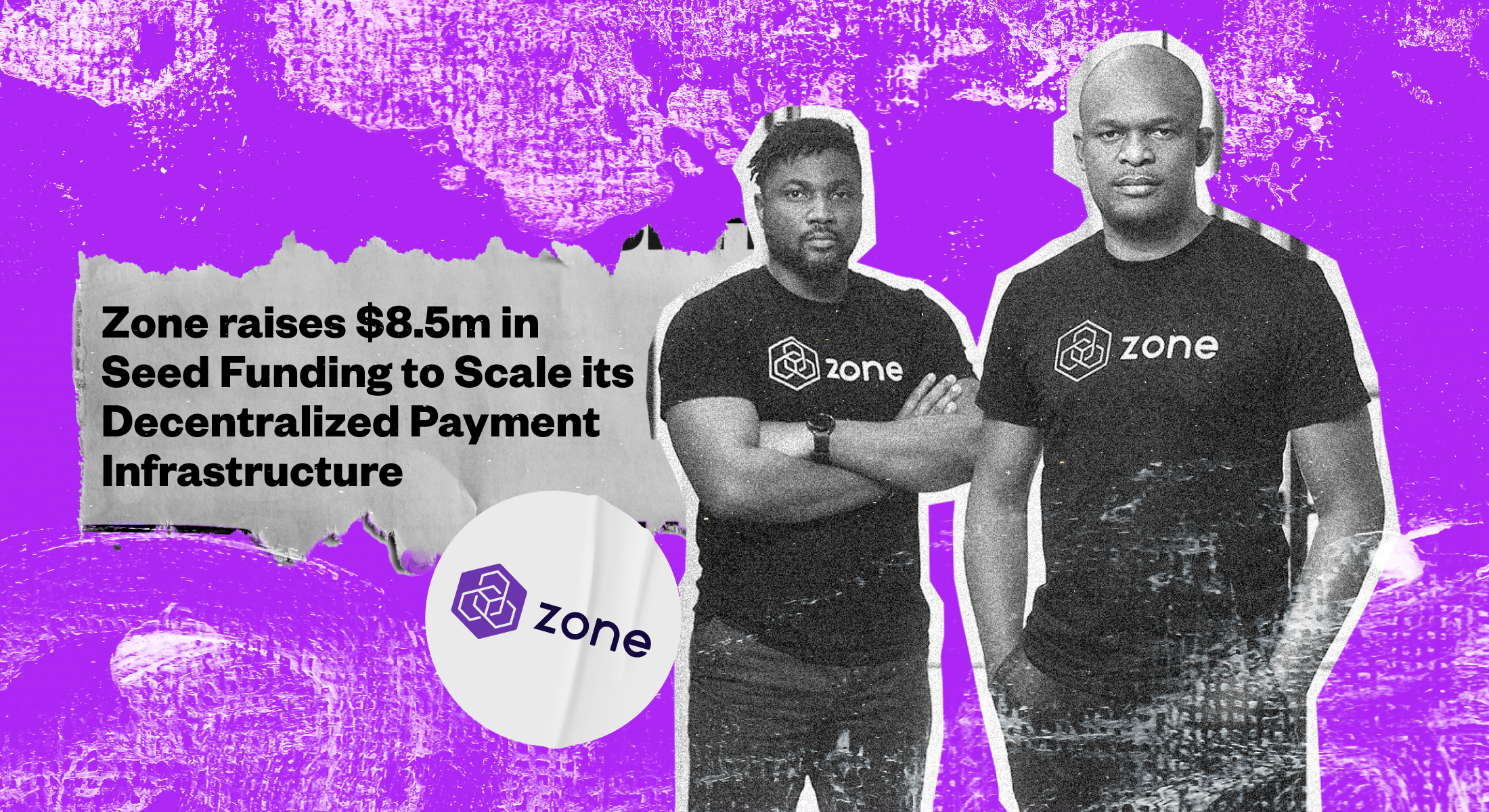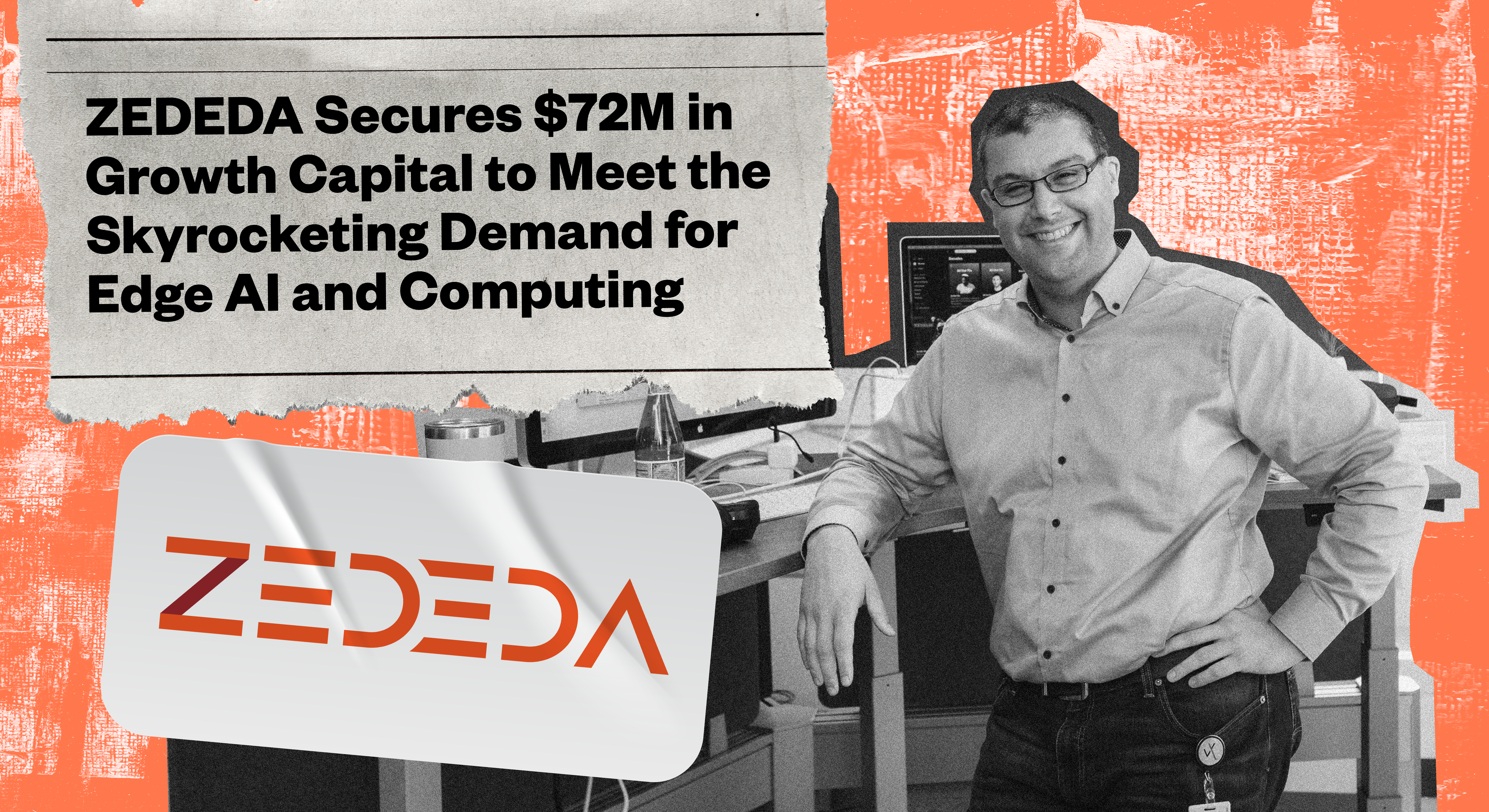The Chilean affiliate of Endeavor, with the support of the Inter-American Development Bank (IDB) and its subsidiary IDB Lab and the Venture firm Nazca, undertook a study over more than nine months to determine how Venture Capital investors in the region make decisions.
The study aims to demonstrate how investors select deals, how they are organized internally, how they negotiate deals and how they add value post-investment. The research was inspired by a similar US-focused study conducted by Harvard Business School, Stanford GSB, and Chicago Booth. The final product distinguishes itself as being highly detailed (especially within the context of Latin America) and as being an essential input for actors within the ecosystem.
" At Endeavor, we are focused on human capital; we believe that a small group of entrepreneurs can turn around ecosystems and even entire countries through the multiplier effects they generate. Venture Capital is often the fuel for these entrepreneurs to achieve their potential. Understanding how funds operate in the region is crucial to ensuring that the region continues to mature along its growth path."
Patrick Alex, Director of Access to Capital - Endeavor Chile
More than 100 leading regional funds answered a 70-questions long survey about every part of their business. For entrepreneurs, the study’s results present an opportunity to compare and contrast the results with their personal experience and place their experience with VCs in a broader context. These VC funds allow them to benchmark with their peers and have data that illustrates industry standards. Finally, for public-policy entities, it presents crucial insights into the decision-making process, useful for understanding and drafting future incentives for the industry.
The study is being released in a problematic context for technology companies worldwide: leading funds such as Tiger Global and Softbank are under pressure for their returns, and public tech companies listed on the NASDAQ are taking a beating. This context is markedly different from the context in which the study was conducted, as, in 2021, the Latin American ecosystem experienced a unique growth rate – the amount invested in the region increased the most out of any region, tripling in size in comparison to 2020.
Indeed, for the past several years, funds have been putting a renewed emphasis on the region, and the number of unicorns (companies valued at over +1Bn USD) has multiplied. Given the current correction in global VC investment, which is moving sharply away from the favorable environment that has graced the past few years, this is an opportune moment to take a step back and analyze the robustness of the regional ecosystem.
The study’s key findings focus on all stages of the investment process, for example, the number of deals that a typical fund looks at (and the number that it ultimately closes), how a fund finds these deals, and what terms and conditions matter most when making a deal. Other key findings are the general characteristics of funds in the region (their size, when they began operating, etc.) and their perspectives on where the ecosystem is heading.
According to the study’s results, the typical fund in the region has 50-99MM USD under administration, began operating in 2016, and invests in-between seed and Series A.
53% of fund operators are new to the industry, illustrating a potential career growth for these regional operators. It’s worth highlighting that the funds with unicorns in their portfolio are, on average, more significant (100-199M USD) and has spent more years operating (with the average first fund in 2013).
The study found that a typical venture firm in LatAm analyzes 200 opportunities per year but ends up investing in only 7 of those (a conversion rate of merely 3.5%), similar to the study done in the US.
“We hope that the results and information in the study will be beneficial so that entrepreneurs can, with real data, have a stronger idea of what is behind the decisions that VC funds make. We are confident that this analysis will provide useful tools to entrepreneurs, helping them to arrive better prepared and understand the profile that funds look for in each investment. Finally, this will help them choose the partners who are the best fit with their company and add the most value to what they’re building” – Adolfo Blasco, Principal at Nazca.
Another point worth highlighting is that roughly 75% of deals come from an investor’s network, demonstrating the importance of entrepreneurs building relationships and supporting themselves with recommendations to have a better chance of a fund considering them.
A typical fund in the region takes 39 days from the point of first contact to make an investment offer. When undertaking this process, they invest 60 hours in due diligence and ask for six references on average.
When negotiating the conditions for investment, the region demonstrates that it converges to international investment standards. Pro-rata rights, the ability to keep investing in future investment rounds, are ranked as the essential item (45% of respondents use pro-rata rights, and 37% often use this rights set). It is also the item that VCs are the least flexible about excluding.
90% of the investors Endeavor questioned classified the regional ecosystem as being in its early or mid-stages, indicating a solid future potential for growth.
Particular sections which continue to call attention to themselves are Future Finance (Fintech), improving the health system (Healthtech), and decentralized finance (DeFi).
Featured Stories
Why We Continue to Invest Actively in Egypt and the MENA Region

The 20-Year History Behind Zone’s Recent $8.5 Million Seed Round Success

The Pioneer’s View: How ZEDEDA Has Been Defining The Future Of Data

Related Articles

Beyond the headlines
Why We Continue to Invest Actively in Egypt and the MENA Region

The 20-Year History Behind Zone’s Recent $8.5 Million Seed Round Success



